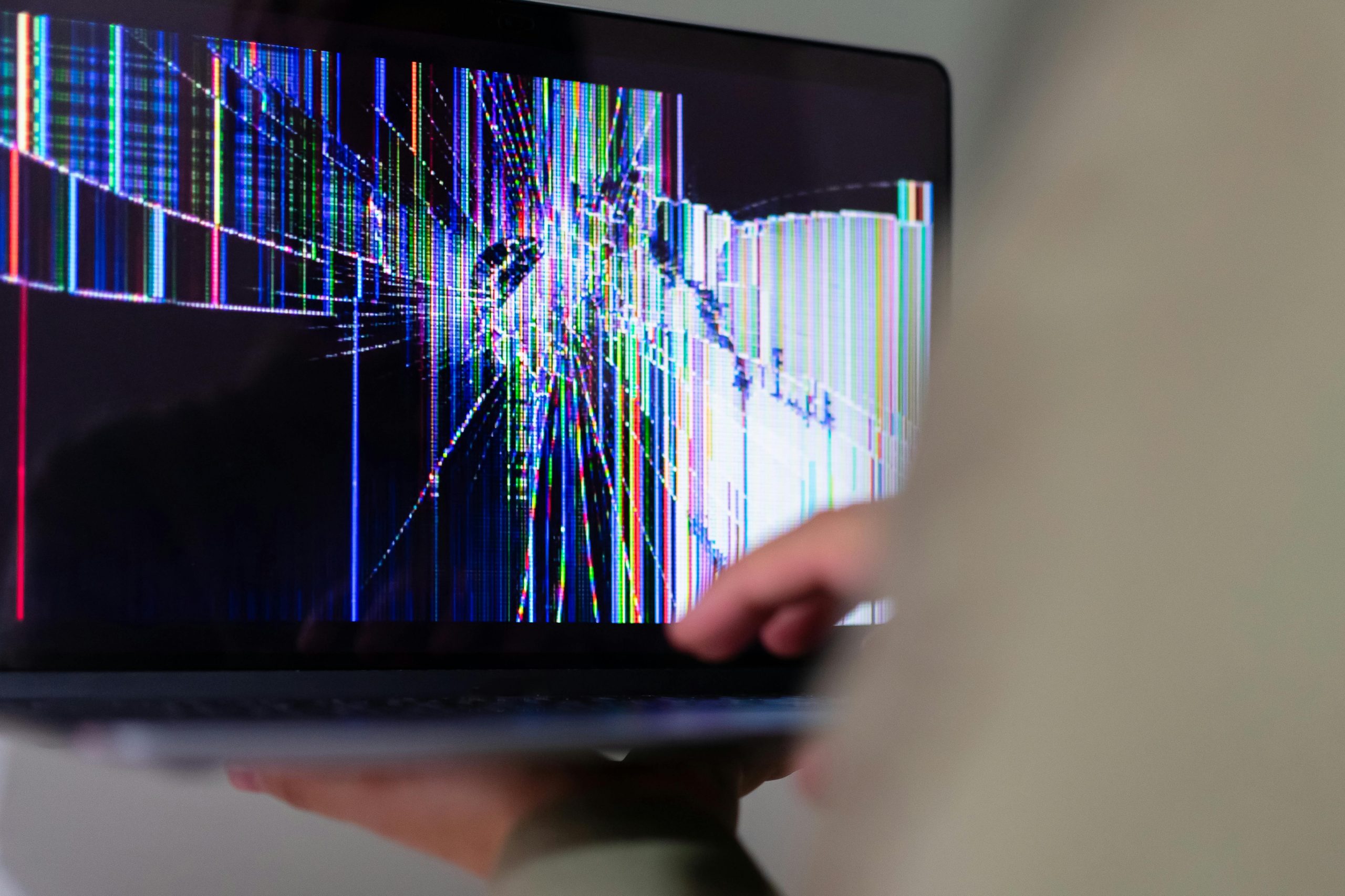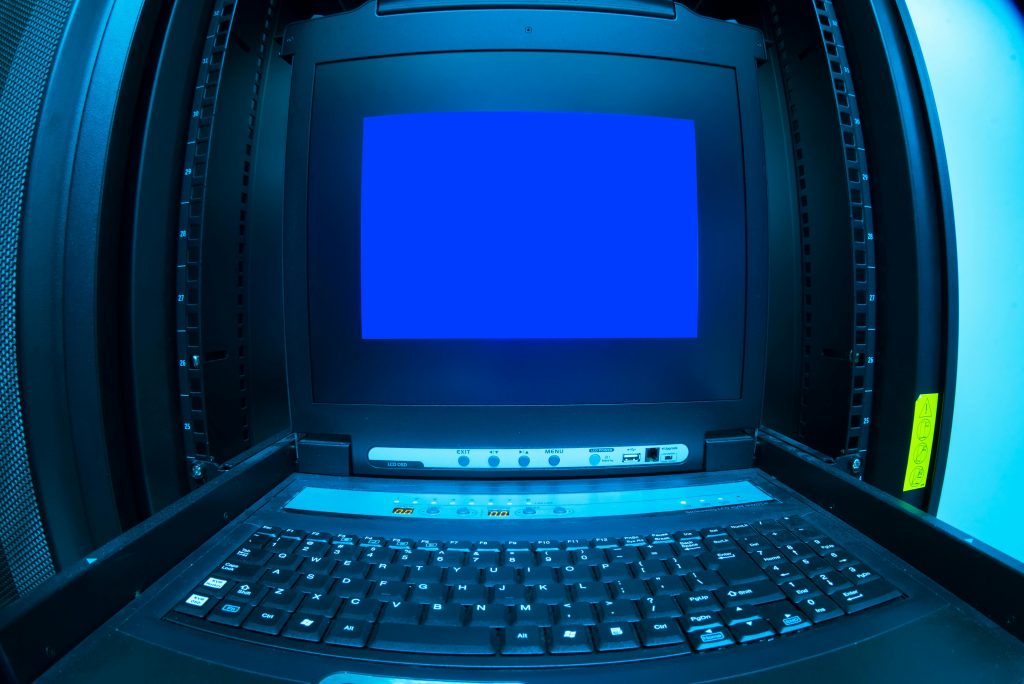Can a Faulty Motherboard Cause Damage to Your Monitor? An In-Depth Analysis
When experiencing hardware failures, especially with peripherals like monitors, it’s natural to wonder about the underlying causes. Recently, a case was brought to light where an individual observed two monitors failing within approximately six months of each other, each exhibiting a similar issue: the LED indicator simply ceasing to function unexpectedly. This pattern has prompted a pertinent question—could a faulty motherboard or other internal components of a computer be contributing to monitor damage?
Understanding the Symptoms: Monitor LED Failure
In the scenario described, the primary failure mode involves the monitor’s LED light shutting off unexpectedly. While this typically indicates a problem with the monitor itself, it’s important to consider other factors that might cause or contribute to such failures. These include:
- Power supply issues
- Faulty or unstable video output from the PC
- Hardware faults within the computer’s mainboard, such as a faulty motherboard
Could a Motherboard Actually Damage a Monitor?
Although it’s relatively uncommon for a motherboard to directly cause physical damage to a monitor, severe hardware faults may lead to power irregularities or signal issues that can harm peripheral devices. Some scenarios include:
- Power Surges or Fluctuations: A malfunctioning motherboard or power supply can sometimes deliver inconsistent voltages, which may stress or damage connected peripherals.
- Faulty Video Output Components: Defects in the graphics card or its connection to the motherboard can produce irregular signals, potentially damaging the monitor over time.
- Electrical Short Circuits: In rare cases, internal short circuits within the motherboard can lead to voltage irregularities transmitted through the video output, risking damage to connected monitors.
The Role of Usage Patterns
Another aspect worth considering is usage habits. Keeping your computer on for extended periods, especially under high load or in environments with power fluctuations, can accelerate wear and tear on both internal components and peripherals. Over time, this can decrease the lifespan of your devices, including monitors.
Matching Monitors and Quality Considerations
In the described situation, both monitors are from AOC (model 24G4H and an unidentified 60Hz model), and both exhibited similar LED failures within a relatively short time frame post-initial use. While brand and model quality impact lifespan, consistent failure points toward potential systemic issues—either with the monitors themselves, the PC’s hardware environment, or a combination thereof.
Recommendations for Troubleshooting and Prevention
If you’re concerned about the possibility
Share this content:



